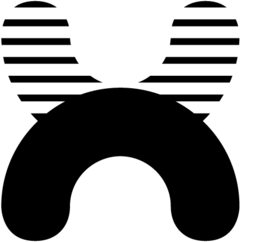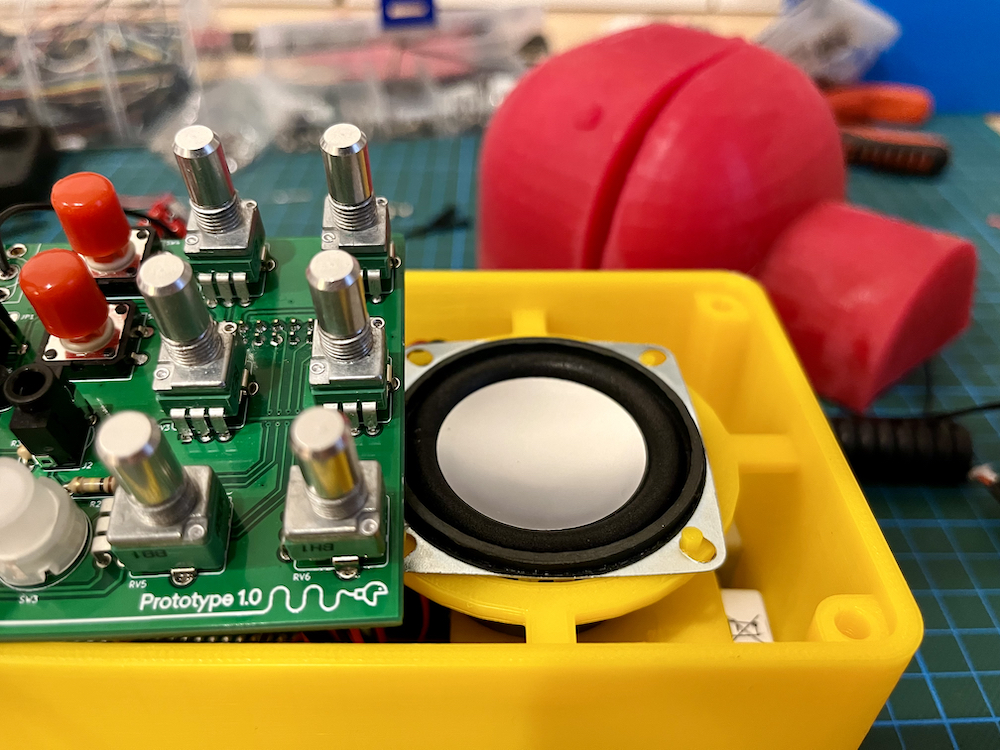Time to put down the crayons, blow the dust off the blog, and document some goings-on around here during an unimaginable couple of years. How to even begin to describe “studio practice” during a global pandemic?
One way of answering that is just to be thankful. The lights are still on, and there’s been a steady hum of interesting, fun projects with old and new friends. As a business, as a creative practice, and as people, we’ve been massively fortunate.
Client Projects
It’s been a hugely varied couple of years, with a nice broad spread of projects in terms of scale and purpose. The majority of the work has been in early-stage invention and prototyping, helping get ideas from nothing to something, so most of it is still under wraps. Hopefully we’ll get to share more soon! Here are a few highlights:

I’ve been working with the R&D department at the New York Times since the autumn of 2020, helping map out the contexts, capabilities and opportunities of emerging technology as it relates to journalism. The work typically involves designing and building prototypes, and running experiments with them to help figure out new ways to produce and engage with news. It’s been a joy to help such a stellar team push their thinking forward.

During January and February 2020, we worked with the Center for Computational Psychiatry and the Schiller Lab of Affective Neuroscience at Mount Sinai, helping them prototype some (literally) experimental mobile games. Both groups are leading some fascinating research, such as forward thinking and social control, and how the brain maps social relationships in similar ways to spatial ones.

All of 2020, and a good chunk of 2021, saw me doing more exploratory prototyping for LA-based audio startup, Syng, run by fellow ex-Apple colleagues and chums. Much of the work involved sketching in software and hardware along the spectrum between tools and toys, and going deep on what it means to play (with) sound. Hopefully we can share more of this soon, but for now, have a look at their incredible first product.

In past years we’ve been lucky enough to collaborate with world-class design outfits like Studio.Build, Tellart and Map Project Office, and autumn of 2020 saw me helping out on some camera-based sound toys for the mighty Nexus Studios. Extraordinary Facility is a purposely tiny consultancy, so it’s always a treat to see how the proper big fish operate.

Over Spring and Summer 2021 I helped the team at Bulb Energy look at how to promote everyday energy literacy without resorting to dry, jargon-y charts and graphs – just like we did with Seeing CO2. We designed and built some little software prototypes to give some form to Bulb’s ideas, and let them try them out around the company. The energy industry around the world has taken some serious hits this year, which, in light of the climate crisis, made this subject matter feel more and more urgent as the year went on. Hopefully we can share more soon – and do more of this type of work!

In October 2021 we helped the crew at Brilliant develop some new STEM curriculum features, crossing the streams between design, engineering, business development and pedagogy. The team there are doing some truly original, discipline-busting thinking on the future of learning experiences – I can’t wait to see what emerges from the work.
Studio Projects
You can’t really call yourself a design studio for learning and play without doing some learning and playing yourself, so every spare moment we have goes to messing around on our own projects. Sometimes we’re learning new tools or techniques that we feed into client work; sometimes we develop ideas that might turn into revenue streams some day, but mostly, we just do it for fun.
Seeing CO2 was an experiment from the second half of 2020, exploring data visualization through the lens of game worlds. It came about largely through curiosity – after reading the fantastic Drawdown, I realized I still didn’t know how big a gigaton of CO2 actually was. Building this little game world helped me get a better feel for the scale of the crisis we’re facing, and hopefully playing it will do the same for a few other folk. Plus, how many other dataviz projects let you drive off the top of Mount Everest?
Bug Beats was an experiment during Spring 2020, looking at what happens when you connect a MIDI controller to a software-based puppet. You can download it free here. Most interfaces in music software tend to mimic the knobs and sliders of physical instruments, and seem strangely stuck in the world of 1960s tape-editing metaphors. Why can’t they be more like video games?
Tiny Tools are simple, single-purpose interactive diagrams I’ve been doing this year, mostly to play around with the fantastic p5.js. The project started after having to re-learn some trigonometry for a client project, and seems to be starting to spread to other subjects, like the bounds of human perception and the shapes of stories. I quite like the idea of it developing as a little tapas menu of different concepts, maybe roughly covering the Quadrivium. We’ll see where it goes!
The Singing Sock Puppets are probably the longest-running project I’ve ever done – they’ve been doing the rounds as exhibits and installations for longer than I care to remember. This year, finally, I started looking seriously at their potential as standalone toys. We’re just about ready to start playtesting some new prototypes, so sit tight for more info soon!
Phew. Onward!
Once again, HUGE thanks to all of EF’s clients and collaborators for letting this little studio do its thing as we all grapple with the New Normal. Extraordinary Facility is five years old now, but it still feels like we’re just getting started. Onward!
